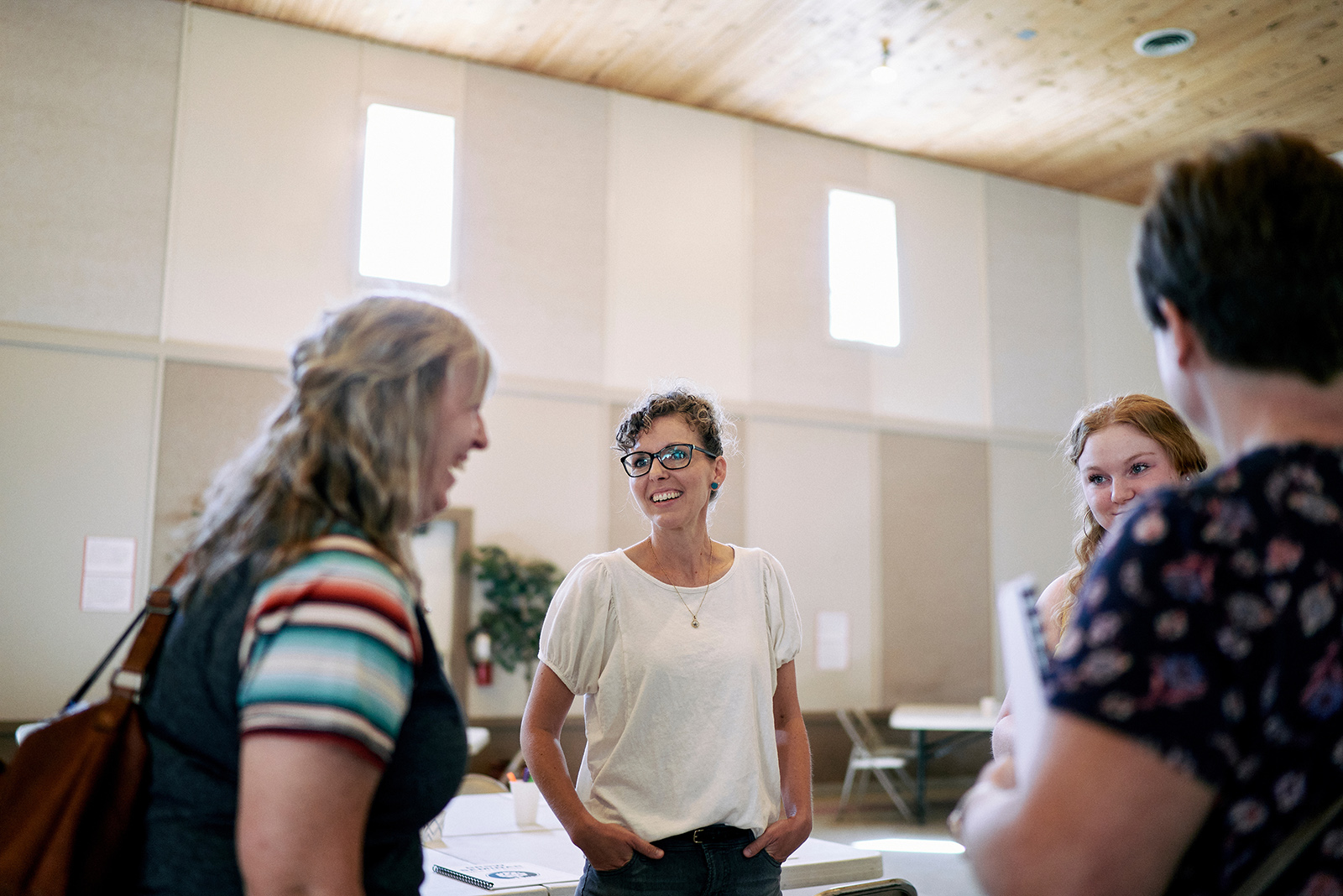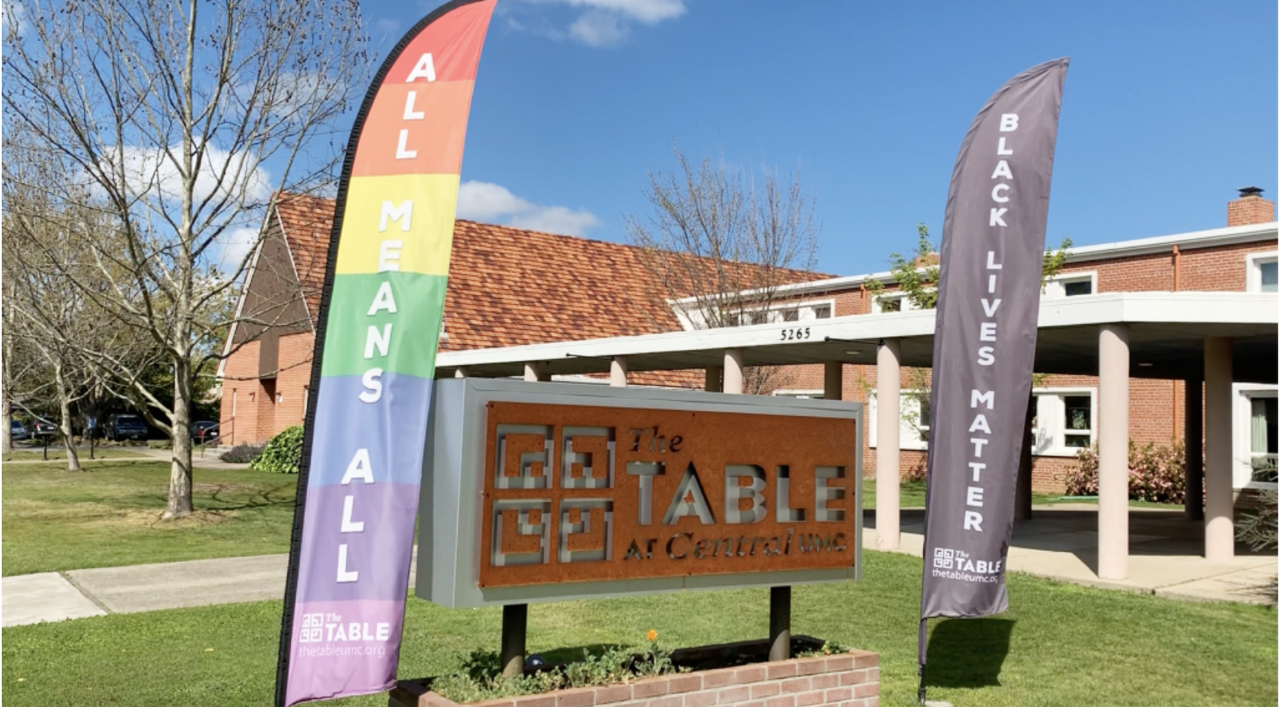
Jessica Snyder, center, believes that a church that teaches the gospel affects lives and changes people. She and her husband, Anders, who are 2021 Annie Armstrong Easter Offering missionaries, have seen that truth play out in Calvary Church Nampa in Idaho. They have seen a dwindling congregation grow to more than 100 people after the church had nearly closed its doors. NAMB photo by Ben Rollins Photography
Schierman and a handful of other church members approached Calvary about replanting their church. They eventually decided to team up and so far, it’s been a success, he said. The church, now known as Calvary Nampa, remains small, with just over 100 people showing up for services, he said, but the church feels healthy and sustainable.
The process of replanting has its perils. In 2020, a church replant in Minnesota made national headlines after older members felt they were discarded when their church was rebooted. And there are some top-down models of replanting, where a larger church comes in and takes over an older church, rebranding it as a satellite campus.
Hallock prefers an approach that relies on getting buy-in from existing church members.
“This is not a takeover situation,” he said. “This is a situation where we’re coming in and loving those who are there and inviting them to be part of something together that God could do moving forward.”
Along with buy-in, the replanting process requires a willingness to try something new.
At The Table United Methodist Church, which grew out of Central United Church in Sacramento, California, a historic congregation founded in 1850, this meant essentially running two parallel churches at the same time — one for older, more traditional members, and one that could appeal to new people.
By 2009, the church was down to fewer than 50 people, most of them older, with little hope for a long-term future. That year, a pair of new pastors named Linda Dew-Hiersoux and Matthew Smith came to the church to essentially serve as chaplains to the aging congregation, while at the same time starting a new church in the same location, said Smith, co-pastor of The Table.

The Table United Methodist Church in Sacramento, California. Photo courtesy of The Table UMC
That approach gave the new church time to get off the ground while giving older members a sense of continuity. Eventually, the two churches merged, with some older members staying and others moving to a more traditional congregation nearby.











